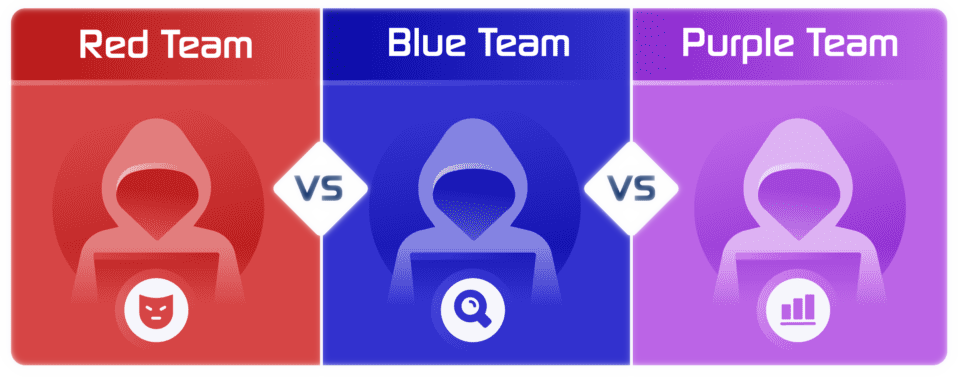In today’s digital age, businesses and organizations rely heavily on technology to manage their day-to-day operations. While technology has streamlined many processes, it has also brought new risks and threats that can compromise sensitive information and disrupt business operations. IT security risks can come in various forms, from external cyber attacks to internal data breaches. Therefore, it is crucial to identify these risks and take proactive measures to mitigate them. In this article, we will discuss the top IT security risks and how to mitigate them. IT security risks can cause significant damage to an organization, from financial losses to reputational damage. Therefore, it is crucial to understand the most common types of IT security risks and how to mitigate them. In this article, we will explore the top IT security risks and provide effective strategies to mitigate them.
Cyber Attacks
Cyber attacks are one of the most significant IT security risks that businesses face today. Cybercriminals use various tactics to gain unauthorized access to sensitive data or disrupt business operations. Here are the most common types of cyber attacks and how to mitigate them.
Phishing Attacks
Phishing attacks are a form of social engineering where attackers use fake emails or websites to trick users into providing sensitive information or downloading malware. To mitigate phishing attacks, organizations should educate their employees on how to identify and avoid these attacks. Security awareness training and spam filters can also help prevent phishing attacks.
Malware Attacks
Malware attacks involve the use of malicious software to gain unauthorized access to computer systems or steal sensitive data. Organizations can mitigate malware attacks by implementing robust antivirus software, regularly updating their software and systems, and limiting user access to critical data.
DDoS Attacks
DDoS (Distributed Denial of Service) attacks involve overwhelming a website or network with traffic to make it unavailable to users. To mitigate DDoS attacks, organizations can use firewalls and intrusion detection systems to detect and block malicious traffic.
Insider Threats
Insider threats are a significant concern for organizations, as employees can intentionally or accidentally cause security breaches. Here are the most common types of insider threats and how to mitigate them.
Employee Negligence
Employee negligence can lead to accidental data breaches, such as leaving sensitive information unsecured or falling for a phishing scam. To mitigate employee negligence, organizations should provide regular security awareness training and enforce strict cybersecurity policies.
Malicious Insider
A malicious insider is an employee who intentionally steals or exposes sensitive data. Organizations can mitigate the risk of malicious insiders by implementing strict access controls and monitoring user activity.
Third-Party Risks
Third-party risks are another significant concern for organizations, as they can compromise sensitive data through supply chain attacks or vendor risks. Here are the most common types of third-party risks and how to mitigate them.
Supply Chain Attacks
Supply chain attacks involve attackers compromising a third-party vendor or supplier to gain access to an organization’s network. To mitigate supply chain attacks, organizations should implement strict vendor risk management procedures and ensure that third-party vendors meet their cybersecurity standards.
Vendor Risks
Vendor risks can arise from a lack of proper security measures or from the vendor not being able to meet the security standards of an organization. To mitigate vendor risks, organizations should conduct regular vendor security assessments and ensure that vendors meet their security standards.
Human Error
Human error is another significant IT security risk, as employees can accidentally delete or expose sensitive information. To mitigate human error, organizations should provide regular security awareness training and enforce strict cybersecurity policies.
Physical Security Threats
Physical security threats can compromise sensitive information if physical devices such as laptops, mobile phones, or storage devices are stolen or lost. To mitigate physical security threats, organizations should implement strict physical security measures, such as access controls and surveillance systems.
Mitigation Strategies
To effectively mitigate IT security risks, organizations should implement the following strategies:
Security Awareness Training
Regular security awareness training for employees can help prevent many IT security risks, such as phishing attacks and human error. Organizations should provide training on how to identify and avoid security risks, as well as how to report security incidents.
Cybersecurity Policies and Procedures
Organizations should implement robust cybersecurity policies and procedures that address all IT security risks. These policies should include procedures for incident response, user access controls, and data backups.
Network Security Measures
Implementing robust network security measures, such as firewalls, intrusion detection systems, and antivirus software, can help prevent cyber attacks and data breaches.
Incident Response Plan
Organizations should have an incident response plan in place that outlines how to respond to a security incident. This plan should include procedures for detecting and reporting security incidents, as well as how to contain and remediate the incident.
IT security risks can cause significant damage to an organization, from financial losses to reputational damage. By understanding the most common types of IT security risks and implementing effective mitigation strategies, organizations can protect themselves from these risks and prevent security incidents. Contact helpdesk.ca to review your businesses security risks and let us help you mitigate them.



